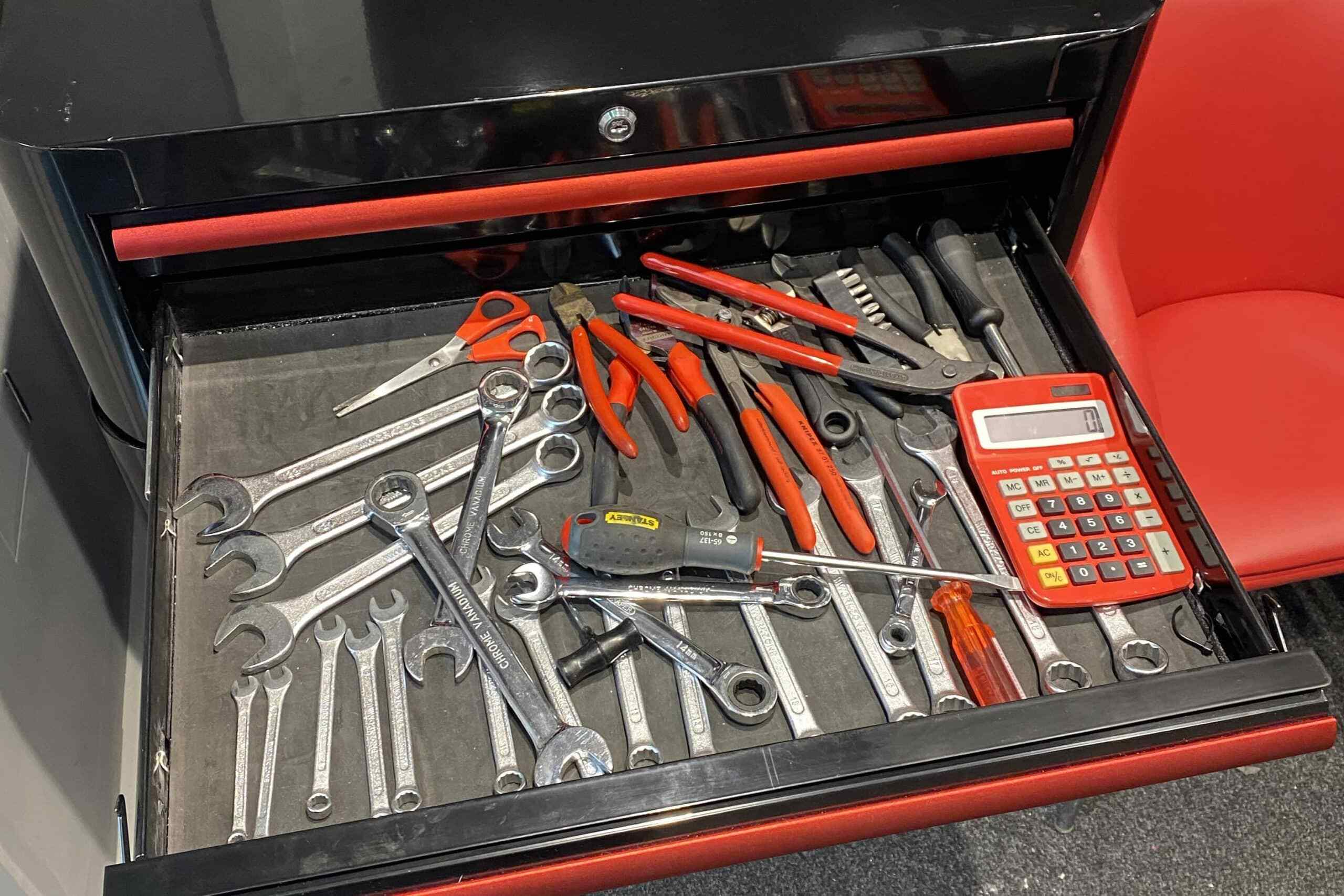

Articles
What Goes In A Tool Chest
Modified: January 19, 2024
Discover the must-have tools to include in your tool chest in these informative articles. Learn how to organize your tools and maximize your productivity.
(Many of the links in this article redirect to a specific reviewed product. Your purchase of these products through affiliate links helps to generate commission for Storables.com, at no extra cost. Learn more)
Introduction
Having the right tools is essential for any DIY enthusiast or professional tradesperson. And when it comes to organizing and storing those tools, a tool chest is an indispensable piece of equipment. A tool chest not only keeps your tools protected and secure but also helps you keep your workspace clean and organized.
In this article, we will explore the various types of tools that should go into a well-stocked tool chest. From basic hand tools to power tools and specialty tools, we will cover everything you need to have on hand for any project that comes your way.
Whether you are a seasoned professional or just starting out on your DIY journey, having a comprehensive tool chest will make your life so much easier. So let’s dive in and discover what goes into the perfect tool chest!
Key Takeaways:
- Build a comprehensive tool chest with basic hand tools, cutting tools, measuring tools, power tools, and specialty tools. Organize and maintain your workspace to save time and ensure efficient DIY projects.
- Invest in high-quality tools, proper maintenance, and effective organization to create a clutter-free workspace. Equip yourself with the right tools and a well-organized tool chest to handle any DIY challenge with confidence.
Read more: What Is A Crossover Tool Box
Basic Hand Tools
When it comes to tackling everyday tasks and small projects, having a set of basic hand tools is a must. These tools are versatile and can be used for a wide range of tasks. Let’s take a closer look at some of the most essential basic hand tools that should find a place in your tool chest.
- Screwdrivers: Screwdrivers come in different sizes and types, including flathead and Phillips screwdrivers. They are used for tightening or loosening screws in various objects, from electronics to furniture.
- Wrenches: Wrenches are used for gripping and turning objects such as nuts and bolts. A set of adjustable wrenches with different sizes is often considered essential for any tool chest.
- Pliers: Pliers are versatile tools with multiple uses, including gripping, bending, cutting, and holding objects. They are indispensable for tasks such as wire cutting, electrical work, and plumbing.
- Hammers: Hammers come in different shapes and sizes, and each is designed for specific tasks. From driving nails to removing them, hammers are essential for a variety of construction and renovation projects.
- Tape measure: Accurate measurements are crucial in any project. A tape measure allows you to measure distances, lengths, and dimensions. Look for a tape measure that is sturdy, easy to read, and retractable.
These basic hand tools form the foundation of any well-equipped tool chest. With them, you can tackle a wide range of tasks, from simple household repairs to more complex DIY projects. Make sure to invest in high-quality tools that will last for years and provide reliable performance.
Cutting Tools
When it comes to cutting through various materials, having the right cutting tools is essential. From opening packages to making precise cuts in wood or metal, a well-stocked tool chest should include a selection of cutting tools. Let’s explore some of the essential cutting tools that you should have in your arsenal.
- Utility knife: A utility knife is a versatile cutting tool that can be used for a wide range of tasks. It features a retractable blade that can be easily replaced when dull. From cutting through boxes and packaging to making detailed cuts in materials such as drywall or carpet, a utility knife is a must-have tool.
- Handsaw: A handsaw is a manual cutting tool used for making straight cuts in wood, plastic, or other soft materials. It consists of a blade with sharp teeth and a handle for gripping. From basic carpentry tasks to trimming branches, a handsaw is a reliable tool that should be in every tool chest.
- Hacksaw: A hacksaw is a cutting tool specifically designed for cutting metal. It consists of a thin, flexible blade with small teeth and a sturdy frame. Hacksaws are commonly used in plumbing and metalworking projects, ensuring clean and precise cuts in various types of metal.
These cutting tools are essential for any DIY enthusiast or professional tradesperson. Whether you need to make accurate cuts in wood, tackle small household repairs, or handle more specialized tasks involving metalwork, having a utility knife, handsaw, and hacksaw in your tool chest will ensure that you are well-prepared for any cutting project that comes your way.
Measuring and Marking Tools
Accurate measurements and precise markings are key elements in any successful construction or DIY project. To ensure that your work is level, straight, and properly aligned, you need a set of reliable measuring and marking tools in your tool chest. Let’s take a look at some essential tools for measuring and marking that should be a part of your collection.
- Level: A level is a crucial tool for ensuring that surfaces, constructions, and installations are perfectly level or plumb. It consists of a long, straight body with a clear vial containing liquid and an air bubble. Levels are used for tasks such as hanging shelves, installing cabinets, or aligning pictures.
- Chalk line: A chalk line is a tool used to create straight and precise lines over long distances. It consists of a string coated with chalk dust and housed in a small container. By snapping the string against a surface and releasing it, you get a straight line marked with chalk, perfect for tasks like laying tiles, marking cutting lines, or framing walls.
- Carpenter’s square: Also known as a framing square, a carpenter’s square is a handy tool for measuring right angles and ensuring squareness in woodworking and construction projects. It features a long arm and a shorter perpendicular arm, forming the shape of an L. Carpenter’s squares are helpful for tasks such as checking corners, marking cut lines, or aligning components.
These measuring and marking tools are essential for achieving accuracy and precision in your projects. With a level, chalk line, and carpenter’s square in your tool chest, you can ensure that your work is straight, level, and properly aligned, resulting in professional-looking results.
When organizing a tool chest, group similar items together to make it easier to find what you need. Use dividers or foam inserts to keep tools in place and prevent them from shifting during transport.
Power Tools
Power tools are a game-changer when it comes to efficiency and productivity in DIY projects and construction work. They are designed to simplify tasks, increase speed, and provide more power than traditional hand tools. Let’s explore some essential power tools that should be included in your tool chest.
- Drill: A drill is a versatile tool that can be used for drilling holes and driving screws. It comes in different sizes and power options, ranging from corded to cordless. A drill is a must-have tool for woodworking, metalworking, and general repairs around the house.
- Circular saw: A circular saw is a powerful cutting tool that can make quick and accurate cuts in various materials, such as wood, plywood, or plastic. It is commonly used for tasks like cutting boards, trimming doors, or building furniture.
- Jigsaw: A jigsaw is a handheld cutting tool that allows for intricate and curved cuts in wood, plastic, or metal. It features a small, reciprocating blade that moves up and down rapidly. Jigsaws are ideal for tasks such as cutting curves, making cutouts, or creating decorative designs.
- Power sander: A power sander is used for smoothing and finishing surfaces by abrasion. It helps to remove imperfections, rough edges, or old paint from materials like wood or metal. Power sanders come in various types, including orbital sanders and belt sanders.
These power tools are indispensable for any DIY enthusiast or professional tradesperson. With a drill, circular saw, jigsaw, and power sander in your tool chest, you can tackle a wide range of projects with ease, saving time and effort in the process.
Read more: What Size Tool Box For F150
Specialty Tools
In addition to the basic hand tools and power tools, there are some specialty tools that come in handy for specific tasks. These tools are designed for specialized applications and can greatly enhance your capabilities as a DIY enthusiast or professional tradesperson. Let’s explore some essential specialty tools that should have a place in your tool chest.
- Socket set: A socket set is a collection of sockets and accessories, designed to tighten or loosen nuts and bolts. It typically includes a variety of socket sizes and attachments such as a ratchet handle and extension bars. A socket set is indispensable for automotive repair, furniture assembly, and many other mechanical tasks.
- Torque wrench: A torque wrench is a precision tool used to apply a specific amount of torque to fasteners. It allows you to tighten bolts with precise torque settings, ensuring that they are not under-tightened or over-tightened. Torque wrenches are essential for tasks where accurate torque is critical, such as engine repair or construction projects.
- Pry bar: A pry bar, also known as a crowbar, is a versatile tool for lifting, prying, and removing materials. It features a long, flat metal bar with a curved end for leverage. Pry bars are invaluable for tasks such as removing nails, dismantling structures, or lifting heavy objects.
- Wire stripper: A wire stripper is a tool used for removing the insulation from electrical wires. It allows you to expose the conductor without damaging it. Wire strippers are essential for electrical projects, rewiring, or any task that involves working with electrical wires.
These specialty tools can greatly expand your capabilities and handle specific tasks more effectively. With a socket set, torque wrench, pry bar, and wire stripper in your tool chest, you will be well-equipped to tackle a wide range of specialized projects with confidence and ease.
Tool Storage
Once you have assembled a collection of tools, it’s important to have a proper storage system in place to keep everything organized and easily accessible. A well-organized tool chest not only saves you time and frustration but also helps to protect your tools and prolong their lifespan. Let’s explore some options for tool storage and share some organization tips to help you maintain an efficient workspace.
Tool Chest Options: Tool chests come in various sizes, styles, and materials. The right choice depends on your specific needs and available space. Here are some common tool chest options to consider:
- Mobile Tool Chest: A mobile tool chest is equipped with wheels, allowing you to easily move your tools around your workspace. This is a great option if you frequently work in different areas or need to transport your tools to job sites.
- Rolling Tool Cabinet: A rolling tool cabinet combines multiple drawers and cabinets, providing ample storage space for tools of all sizes. It offers a sturdy and secure solution for organizing your tools, with the added convenience of mobility.
- Wall-mounted Tool Cabinet: If space is limited, a wall-mounted tool cabinet can be a space-saving option. It keeps your tools off the floor and within reach while maximizing vertical storage space.
- Pegboard Wall System: A pegboard wall system is a versatile and customizable storage solution. By attaching hooks, shelves, and bins to a pegboard, you can create a personalized organization system that can be easily adjusted as your tool collection grows.
Organization Tips: Here are some tips to keep your tool chest and workspace organized:
- Categorize and Label: Group similar tools together and label their designated spaces. This makes it easier to find what you need and ensures that tools are returned to their proper place after use.
- Use Drawer Liners: Line the drawers of your tool chest with foam or rubber liners to prevent tools from sliding around and getting damaged. This also helps to reduce noise and protect the surfaces of your tools.
- Keep Frequently Used Tools Within Reach: Arrange your tool chest in a way that allows easy access to the tools you use most frequently. Place them in the top drawers or on the pegboard near your work area.
- Maintain Regular Cleaning and Maintenance: Regularly clean your tools and the inside of your tool chest to remove dirt, dust, and debris. Inspect your tools for any signs of wear or damage and address any maintenance needs.
By investing in the right tool storage and implementing effective organization strategies, you can create a clutter-free workspace and ensure that your tools are kept in top condition, improving your efficiency and productivity.
Conclusion
Building a comprehensive tool chest is a crucial step for any DIY enthusiast or professional tradesperson. By having the right tools at your disposal, you can tackle a wide range of projects with confidence and efficiency. From basic hand tools to power tools and specialty tools, each tool serves a specific purpose and contributes to the success of your projects.
Organizing and storing your tools properly is equally important. Investing in a suitable tool chest and utilizing organization techniques helps maintain a clean and efficient workspace, saving you time and frustration when searching for the right tool.
Remember, high-quality tools and proper maintenance are key to ensuring their longevity and optimal performance. Regular cleaning, inspections, and maintenance contribute to the durability and reliability of your tools, extending their lifespan and saving you money in the long run.
As you continue on your DIY journey, keep in mind that the tool chest is not just a collection of tools, but a reflection of your skills, passions, and dedication to your craft. Regularly assess your toolbox, add or replace tools as needed, and continue to expand your knowledge and expertise.
So, equip yourself with the essential hand tools, power tools, cutting tools, measuring and marking tools, specialty tools, and store them in a well-organized tool chest. With the right tools and a well-maintained workspace, there’s no limit to what you can create and accomplish.
Get ready to embark on your next project with confidence, knowing that your tool chest is well-equipped to handle any challenge that comes your way!
Frequently Asked Questions about What Goes In A Tool Chest
Was this page helpful?
At Storables.com, we guarantee accurate and reliable information. Our content, validated by Expert Board Contributors, is crafted following stringent Editorial Policies. We're committed to providing you with well-researched, expert-backed insights for all your informational needs.
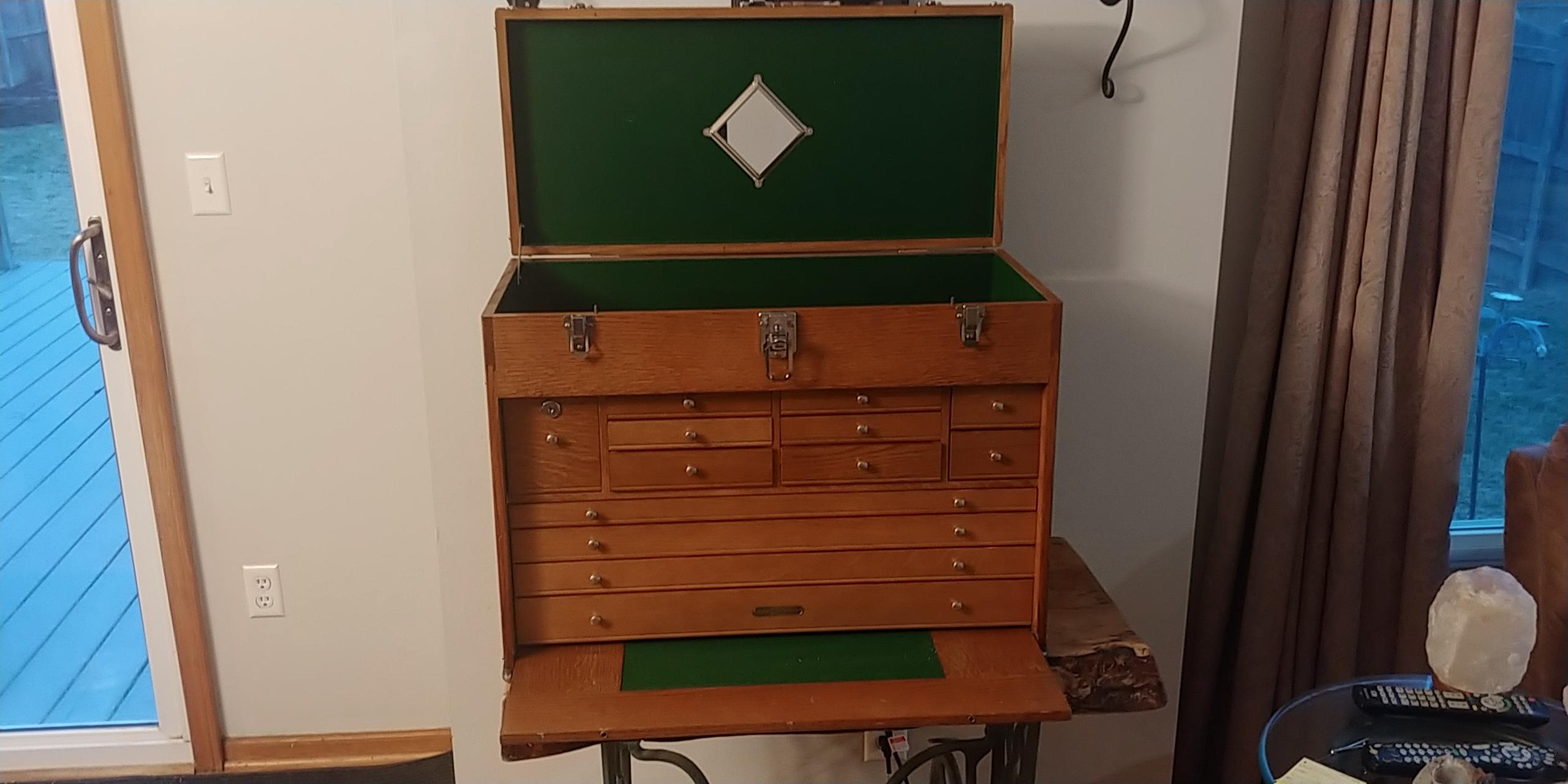
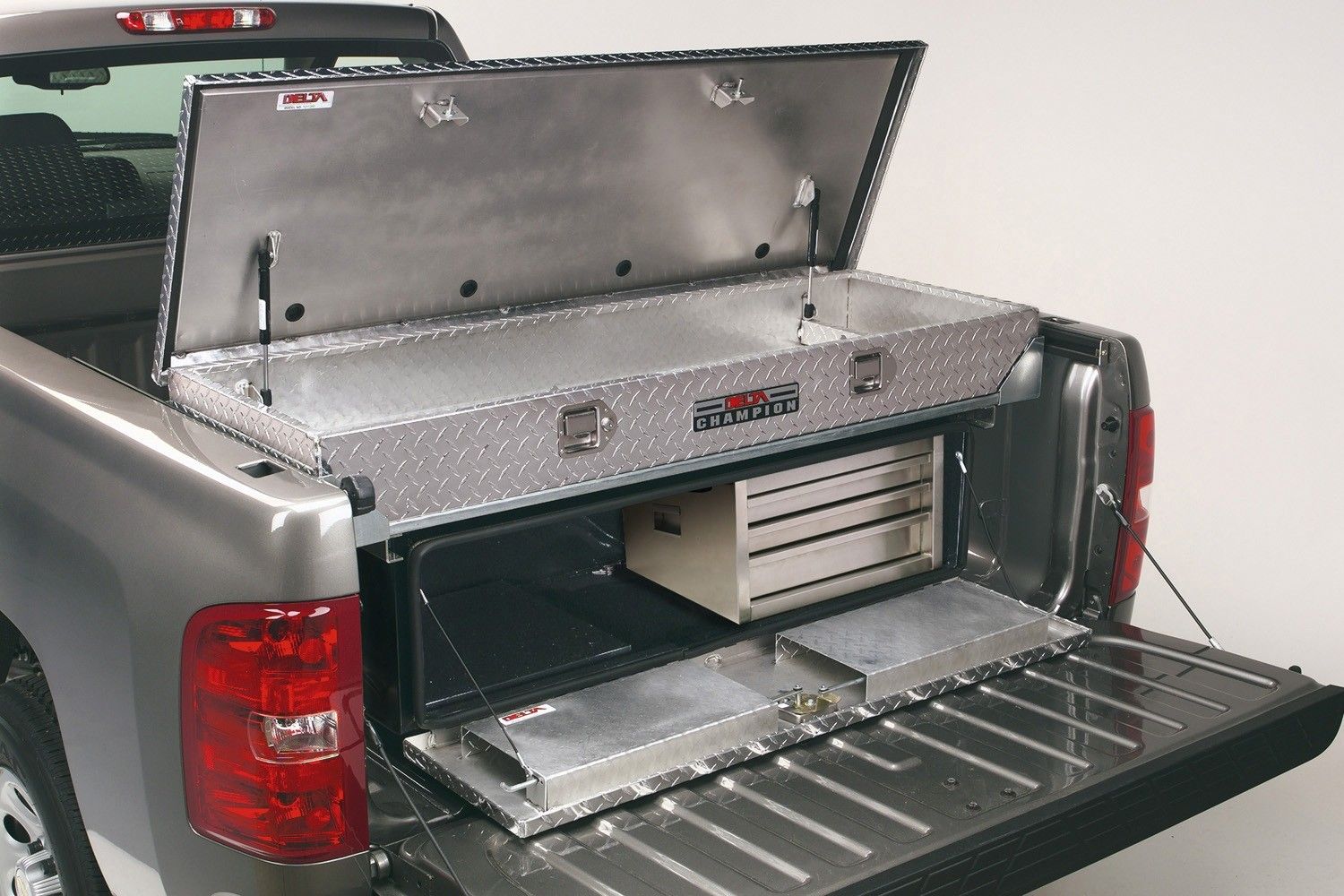
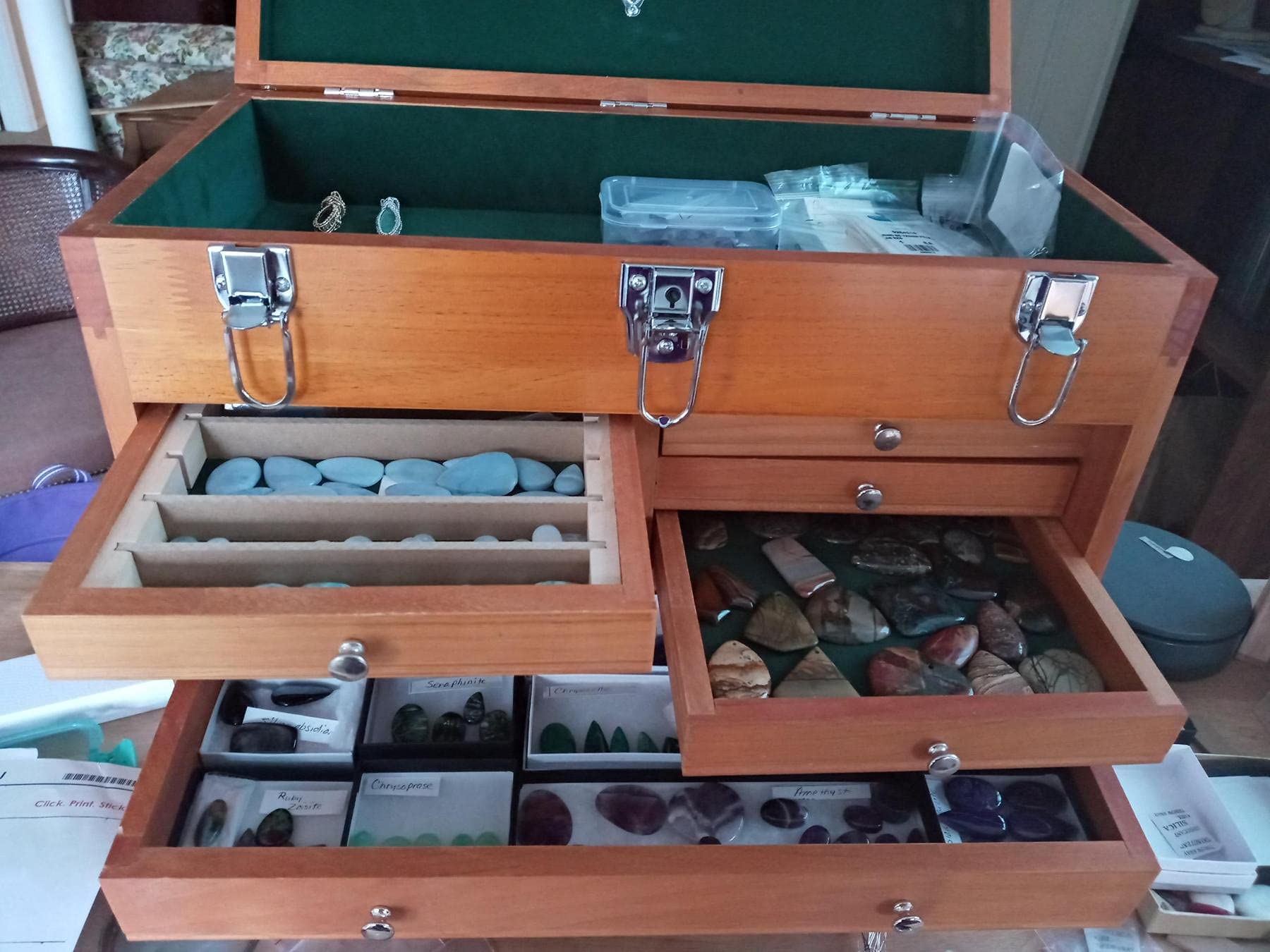
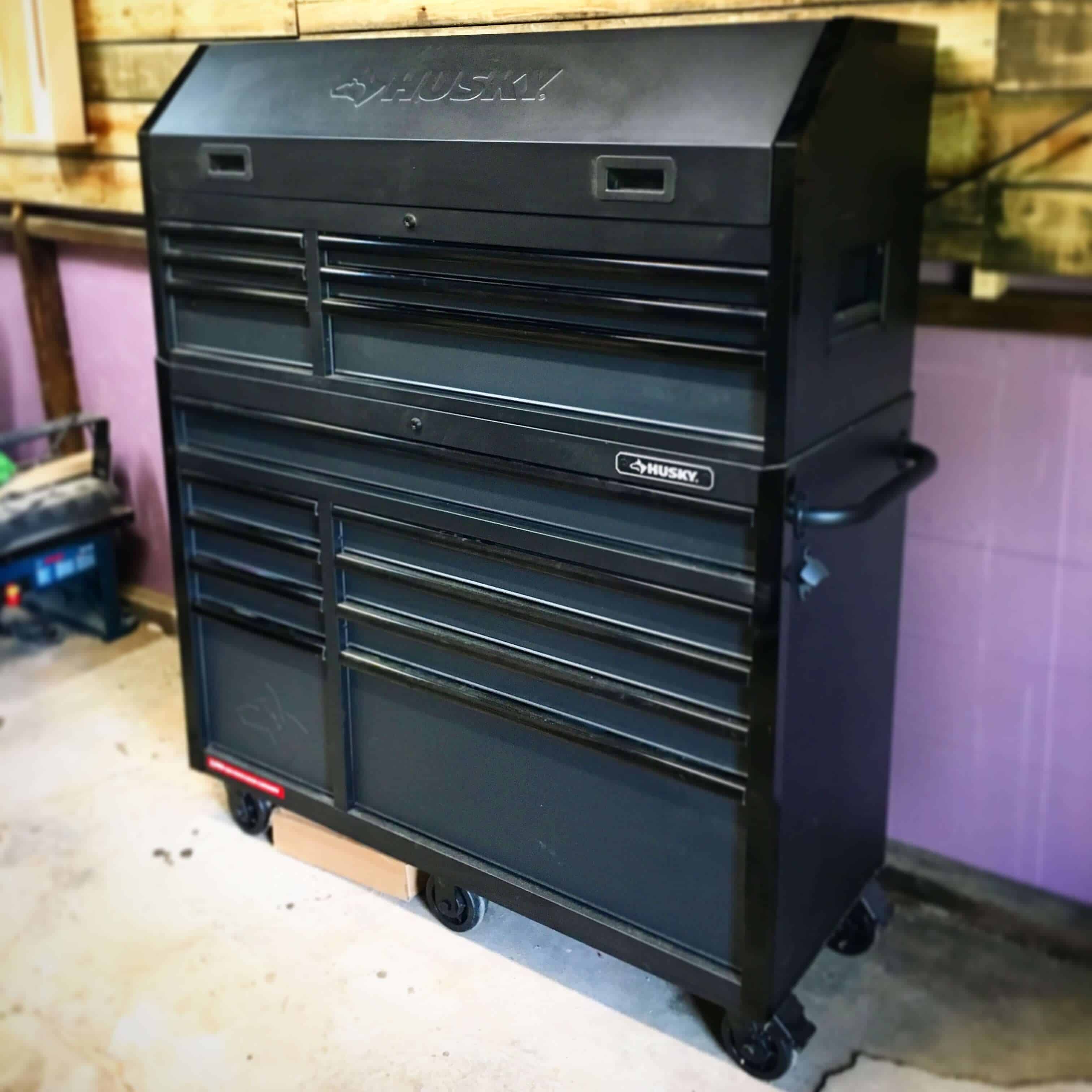
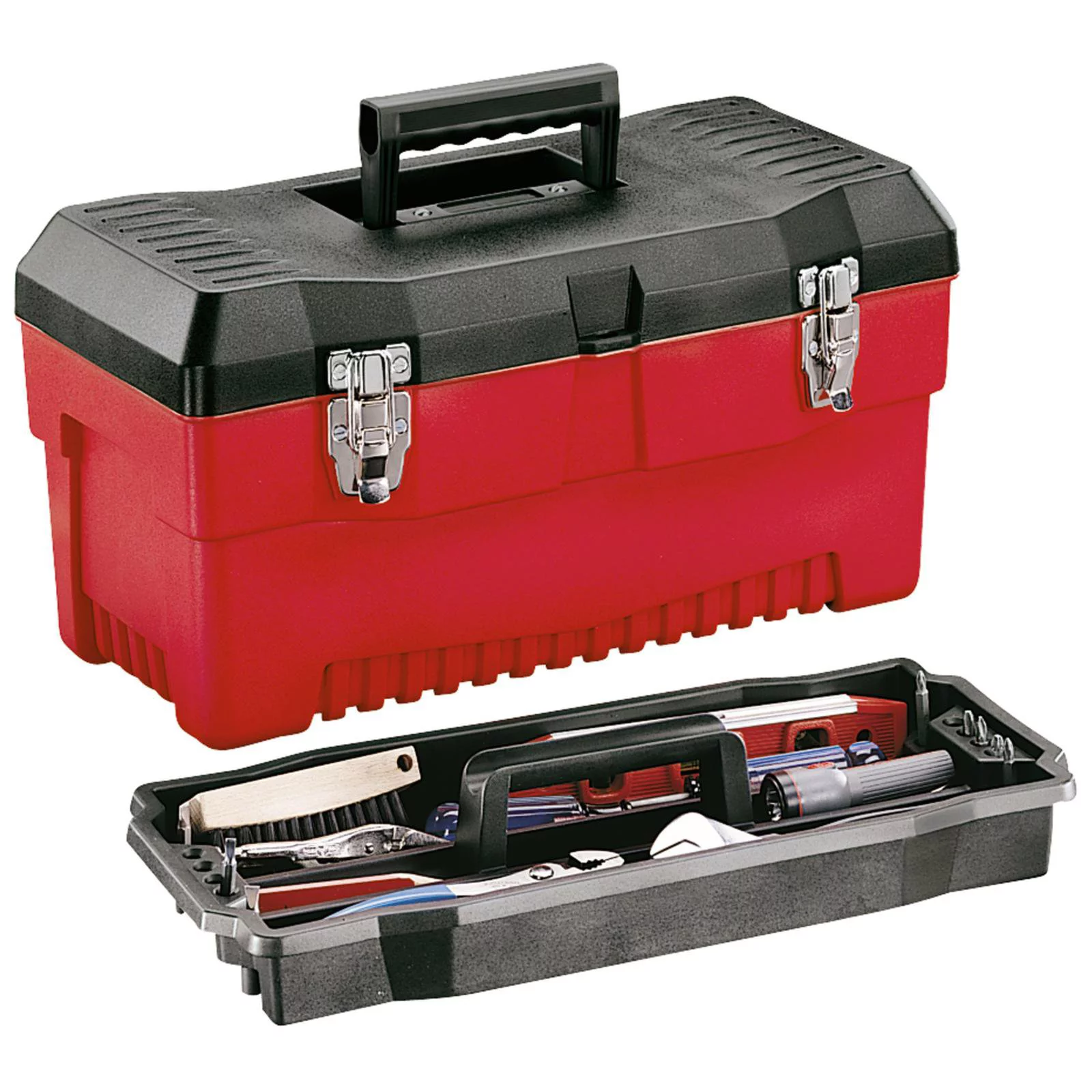
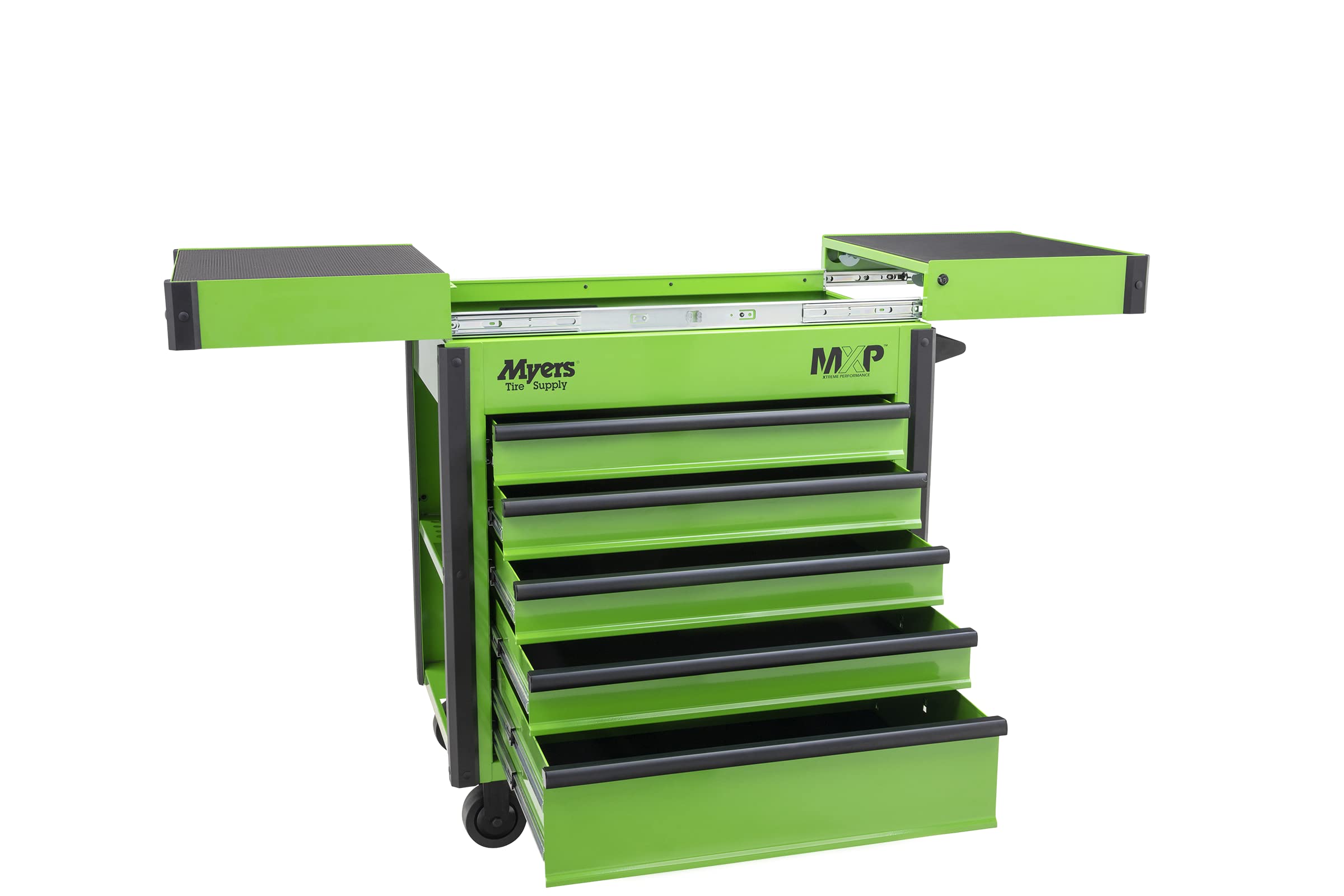
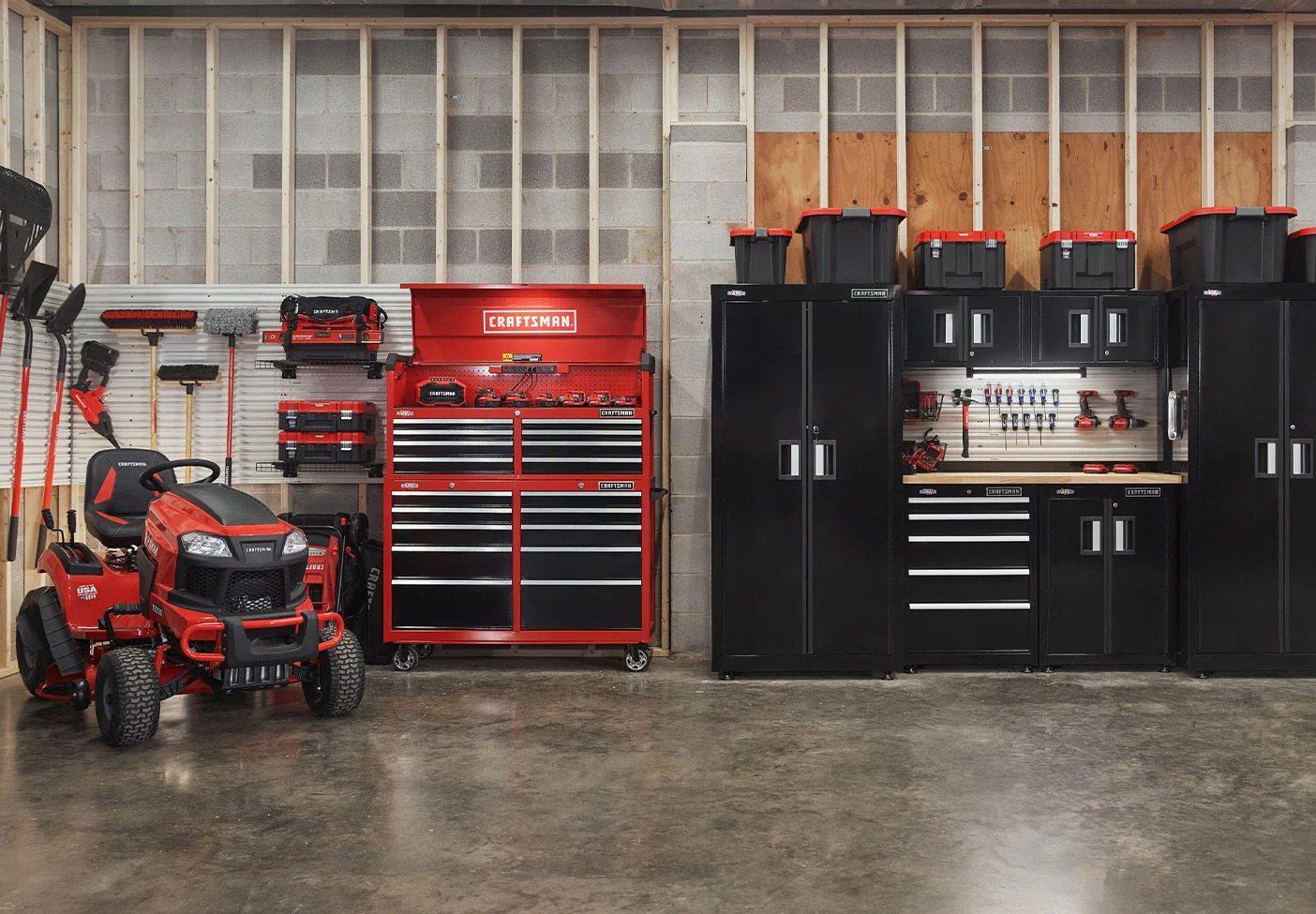
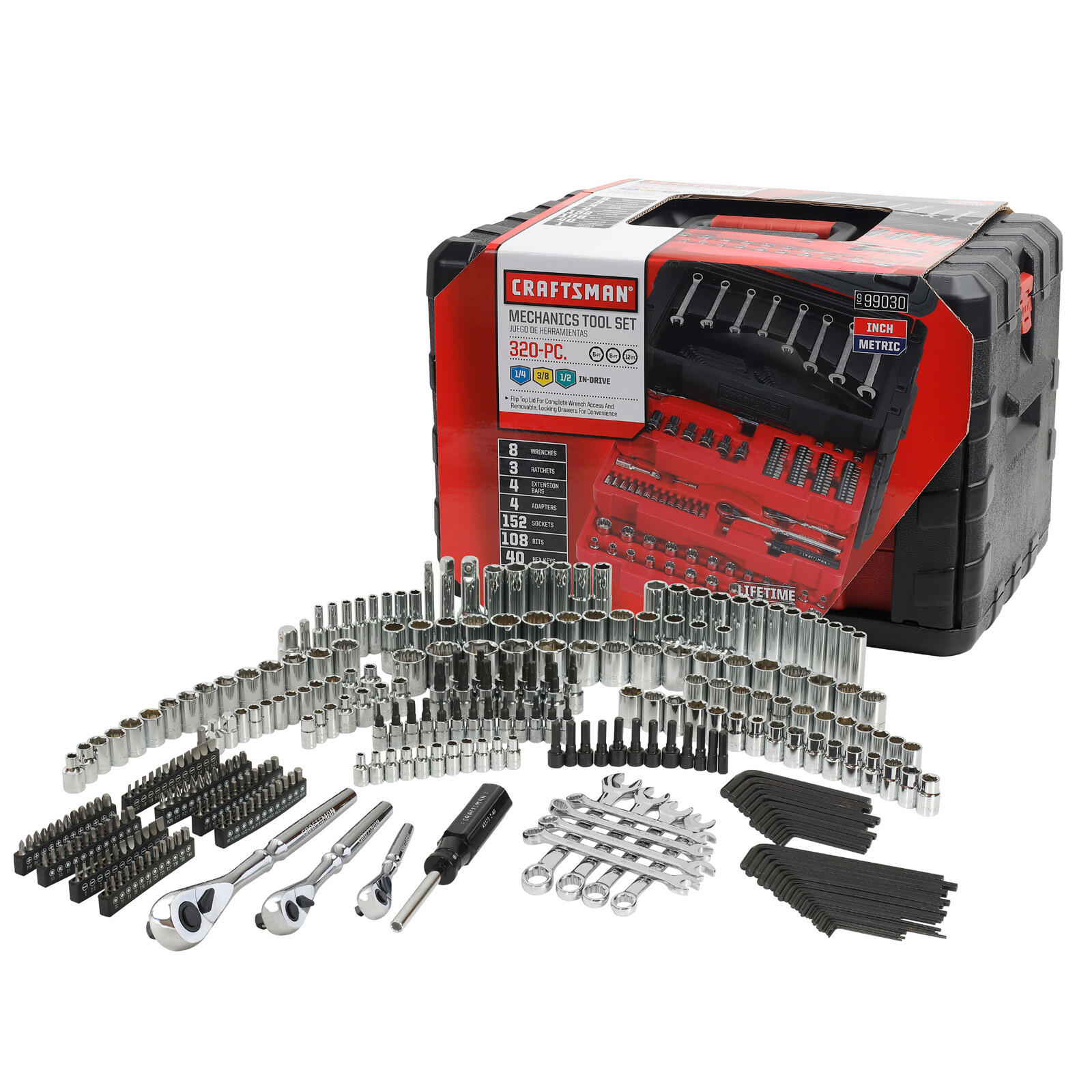
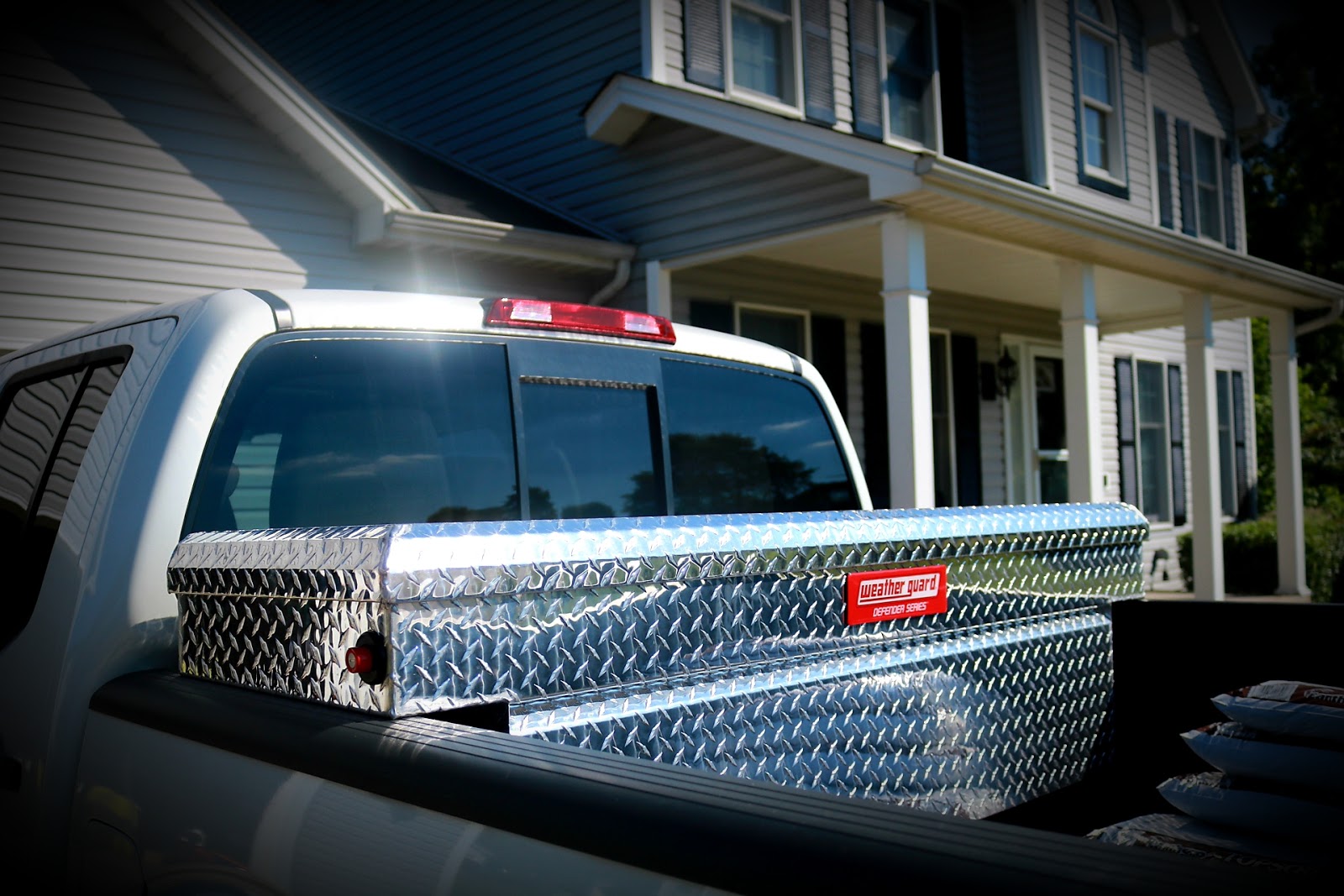
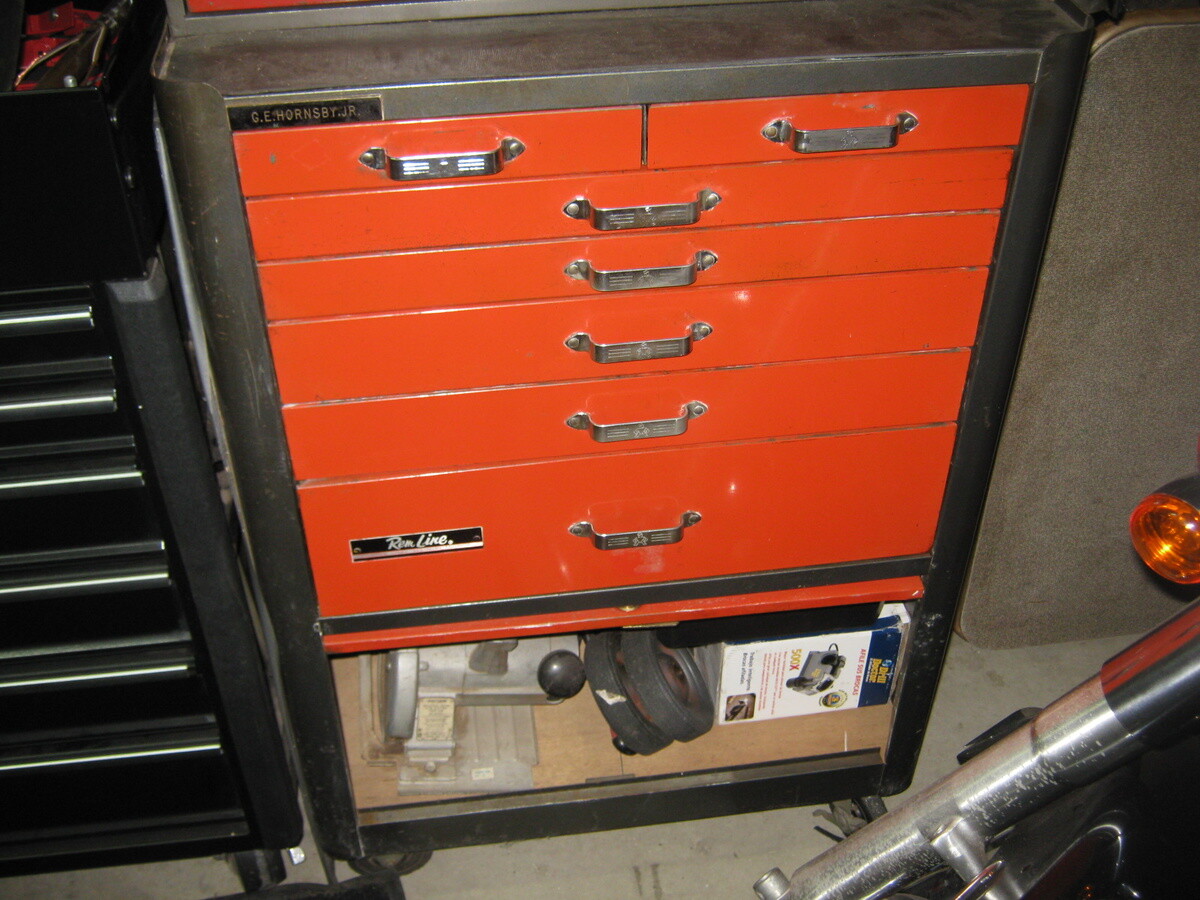
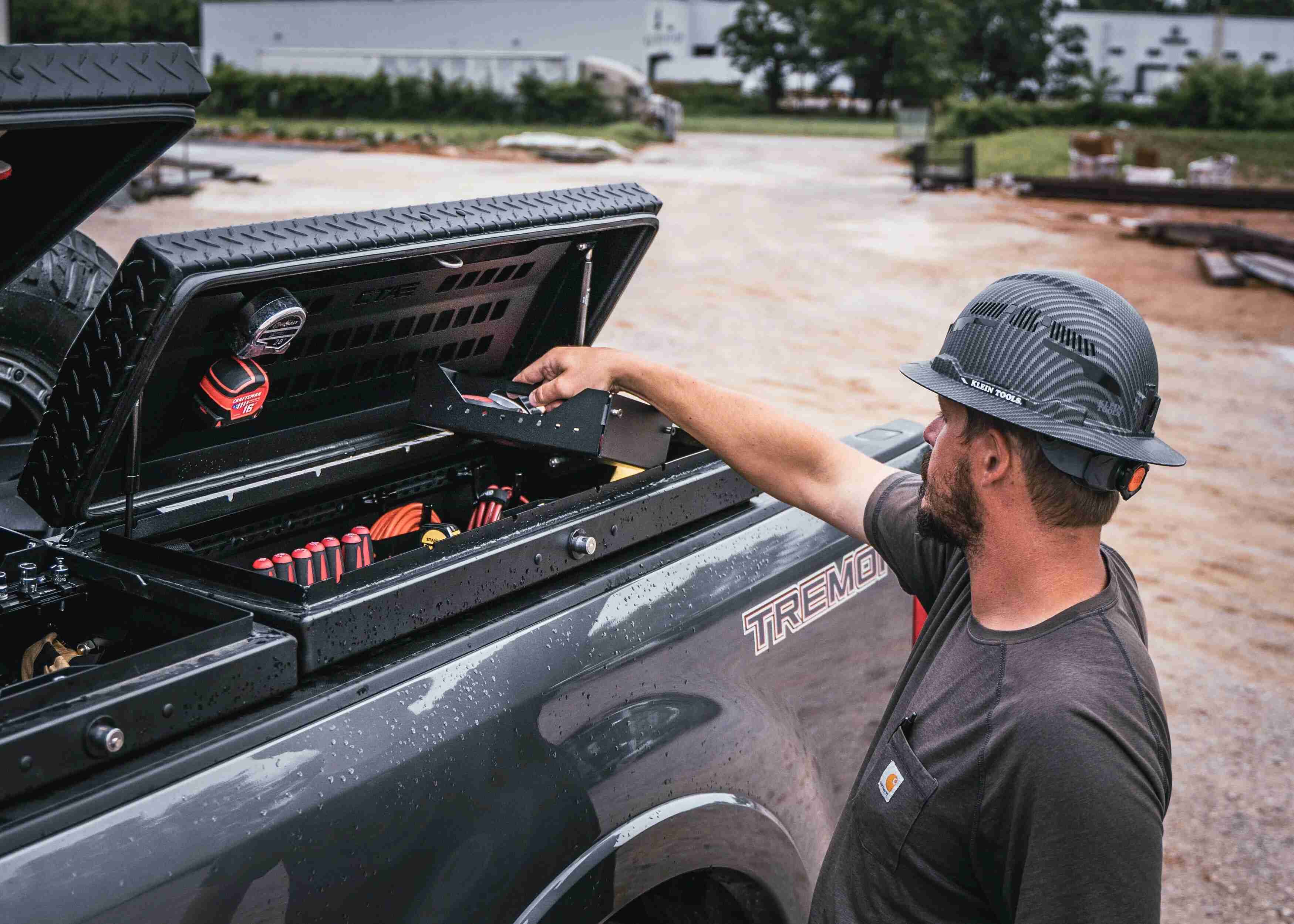
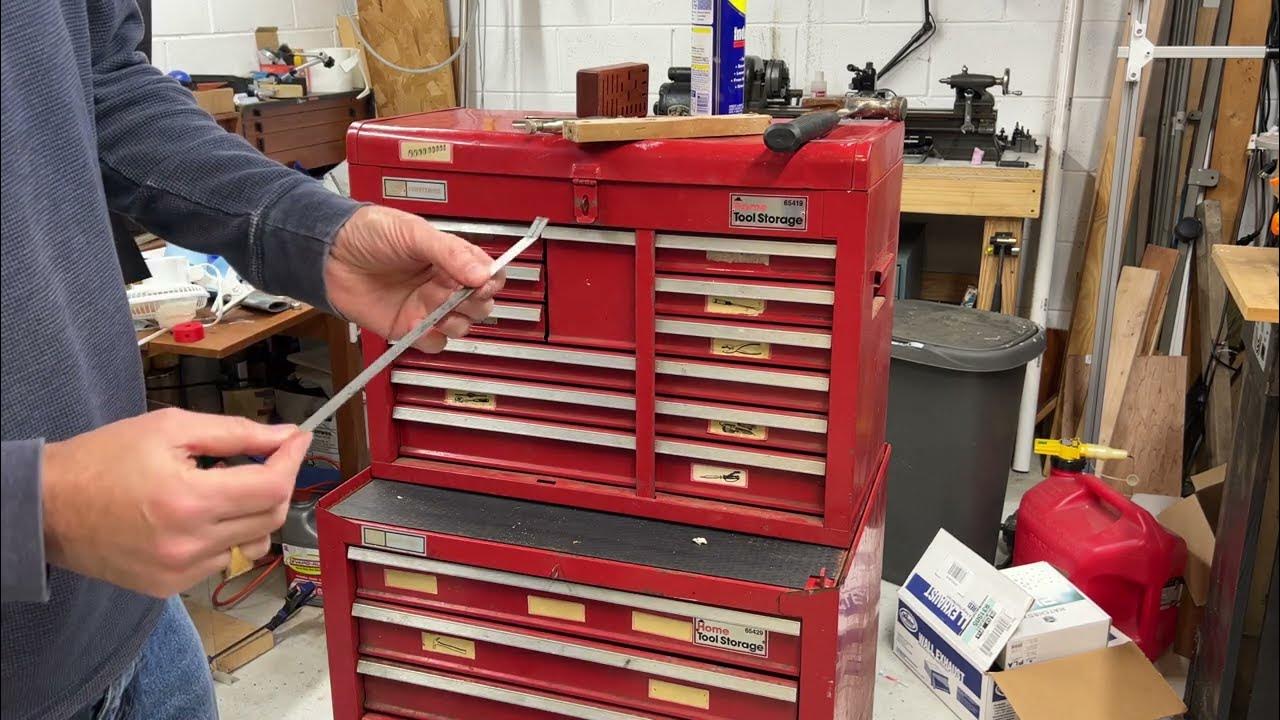
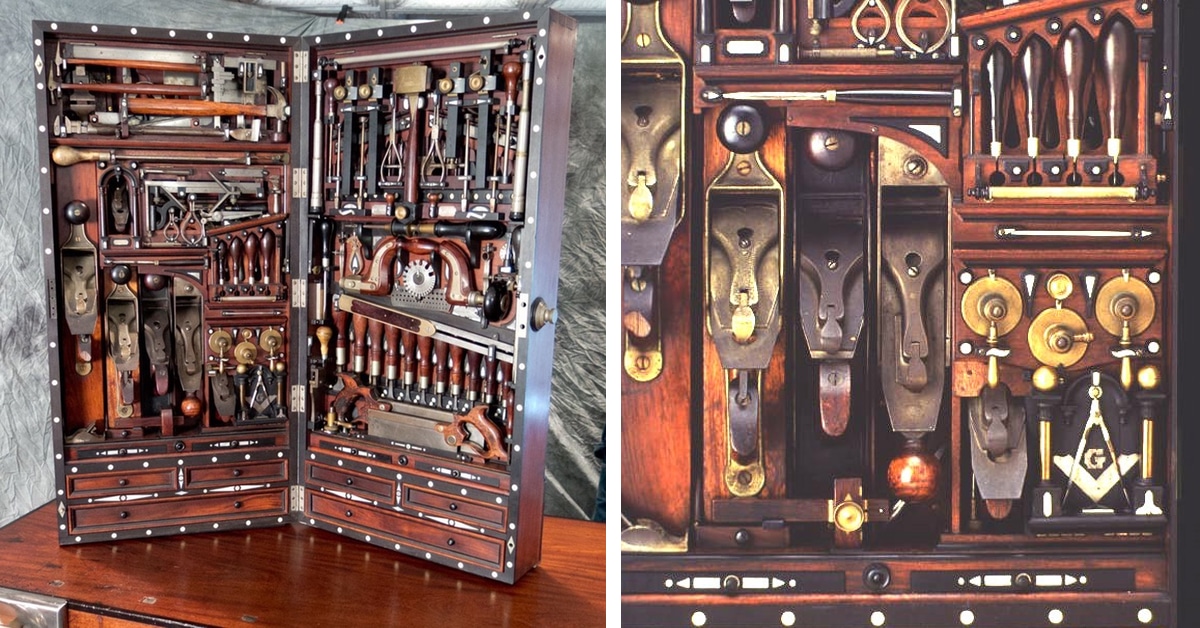
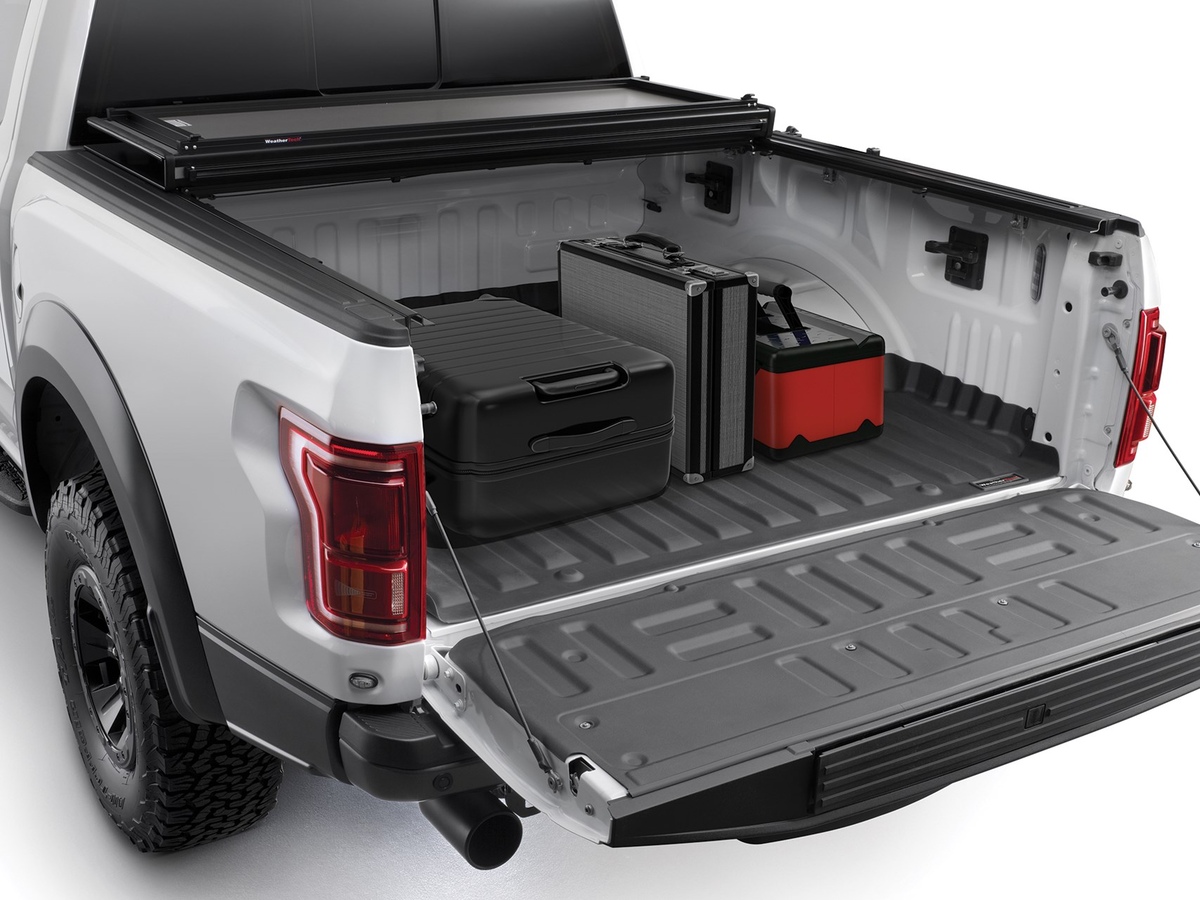

0 thoughts on “What Goes In A Tool Chest”